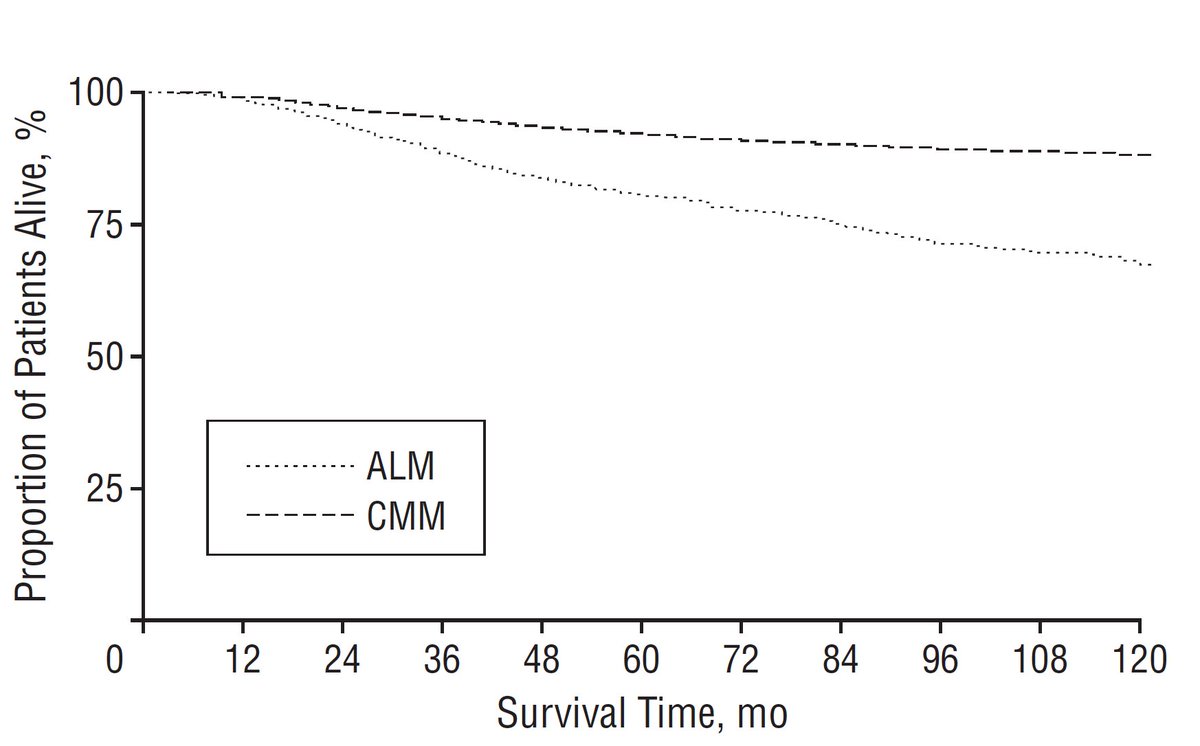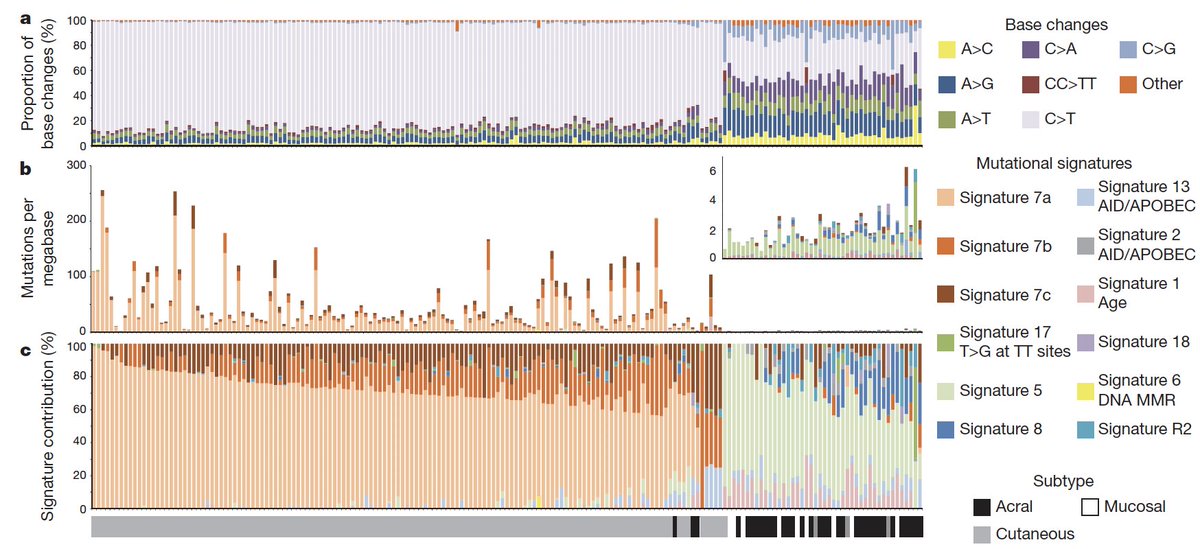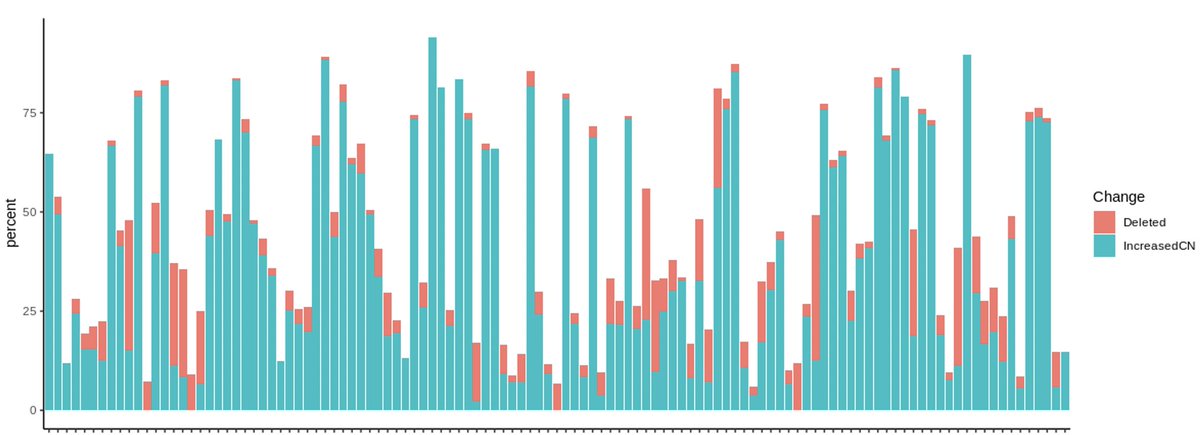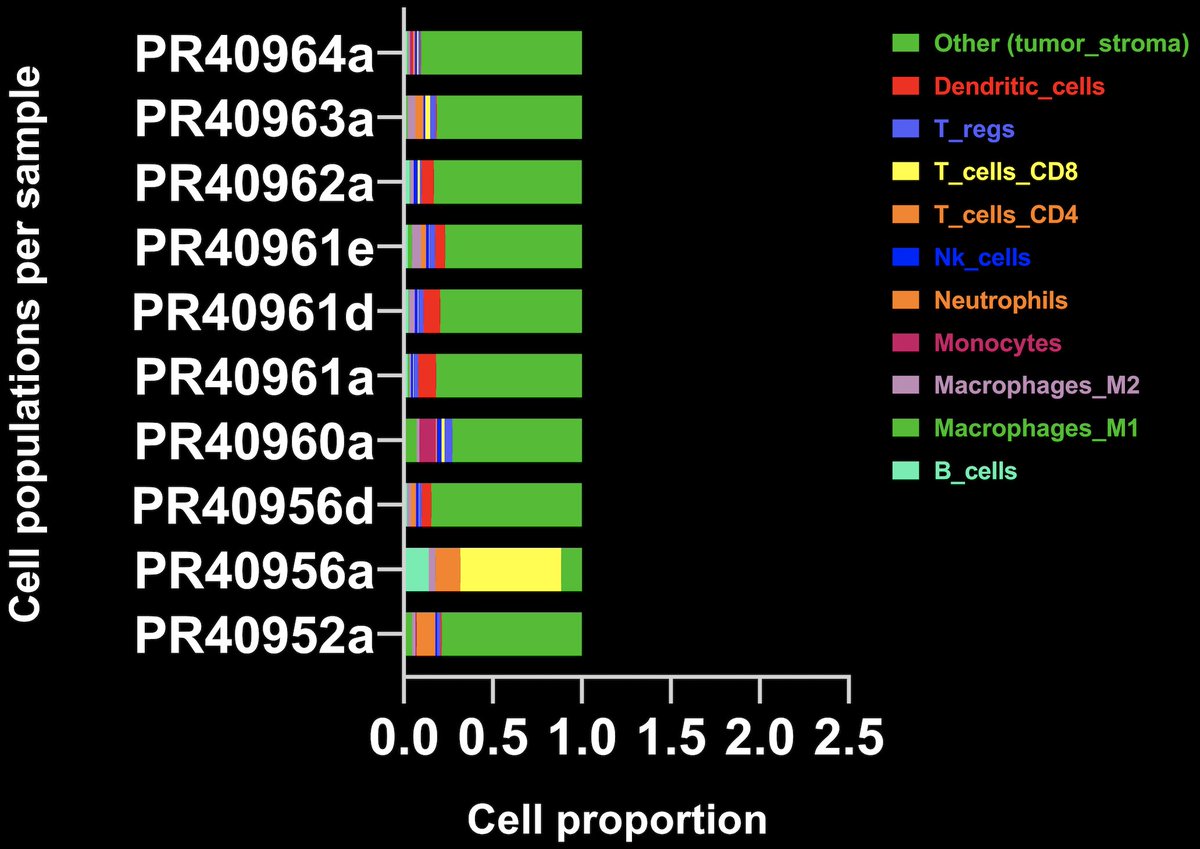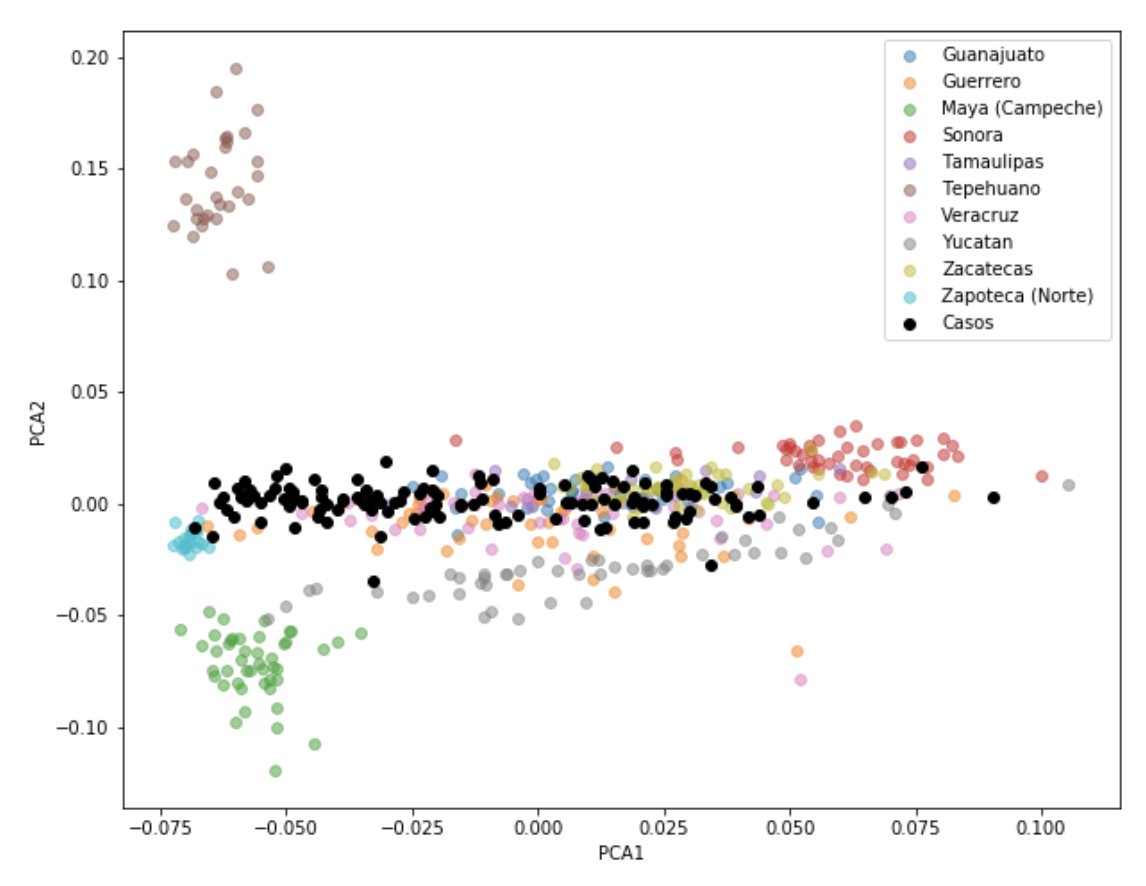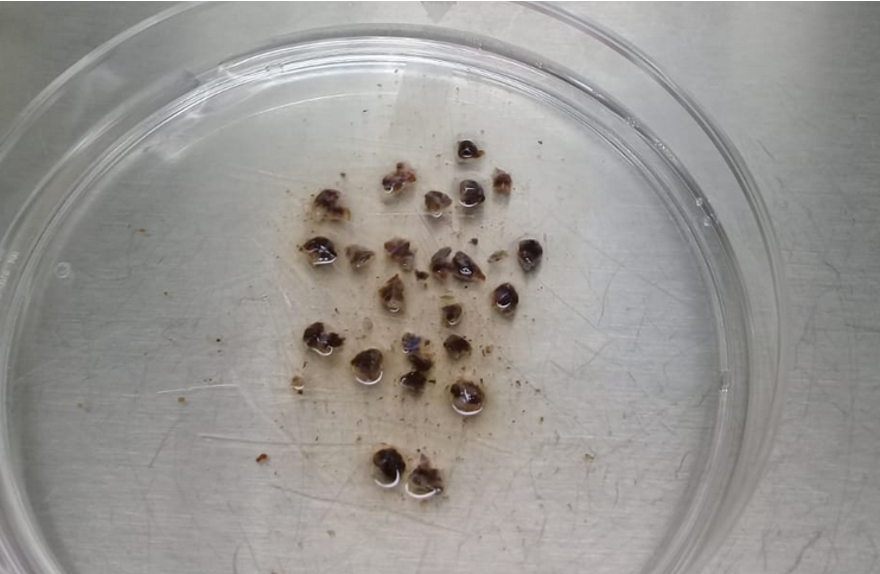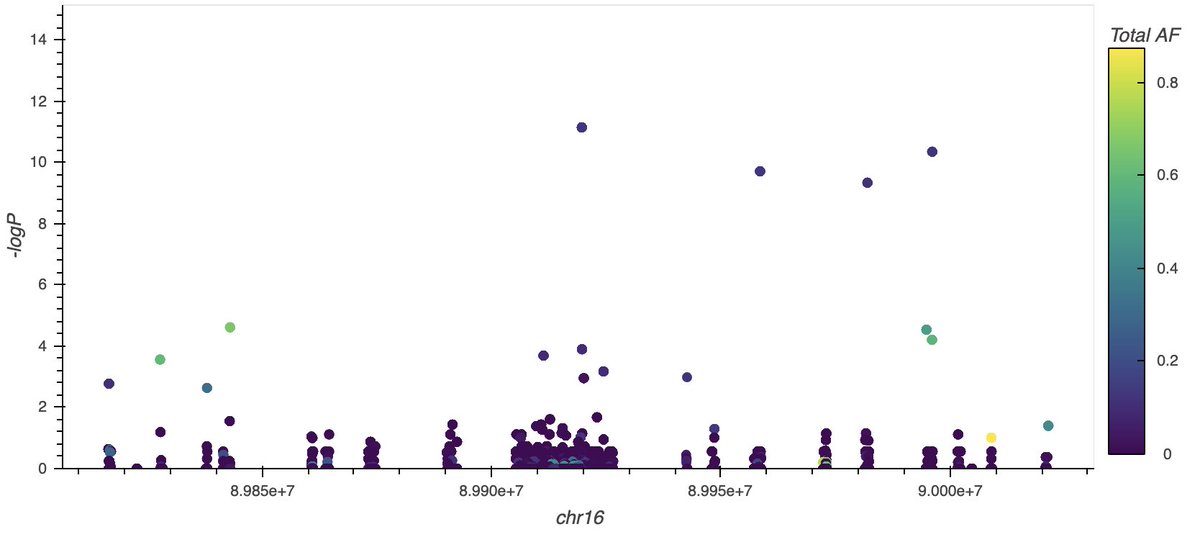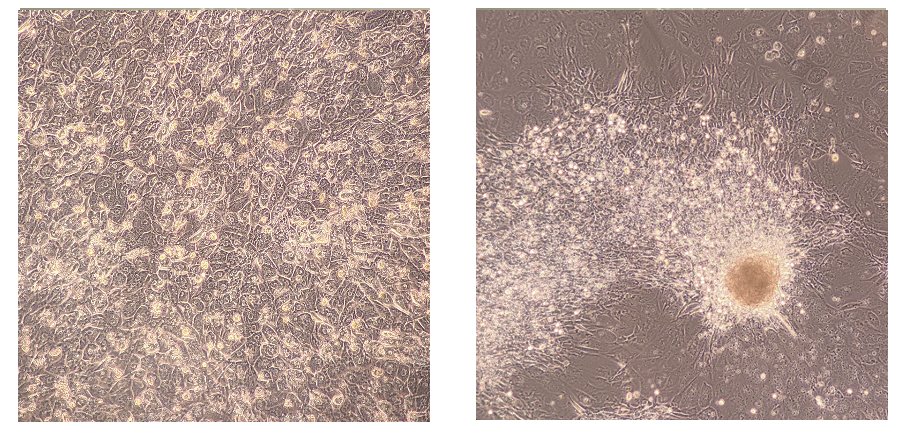Today is #WorldMelanomaDay! Let me tell you about a rare subtype that represents most of the cases in several countries in Latin America, Africa & Asia & our efforts @LIIGH_UNAM  https://abs.twimg.com/emoji/v2/... draggable="false" alt="🇲🇽" title="Flag of Mexico" aria-label="Emoji: Flag of Mexico"> to identify its causes and find potential treatments (Spanish
https://abs.twimg.com/emoji/v2/... draggable="false" alt="🇲🇽" title="Flag of Mexico" aria-label="Emoji: Flag of Mexico"> to identify its causes and find potential treatments (Spanish  https://abs.twimg.com/emoji/v2/... draggable="false" alt="🧵" title="Thread" aria-label="Emoji: Thread">: https://twitter.com/daniela_oaks/status/1264282071528353792?s=20)">https://twitter.com/daniela_o... (1/15)
https://abs.twimg.com/emoji/v2/... draggable="false" alt="🧵" title="Thread" aria-label="Emoji: Thread">: https://twitter.com/daniela_oaks/status/1264282071528353792?s=20)">https://twitter.com/daniela_o... (1/15)
#Acral lentiginous melanoma appears in the palms of the hands, soles of the feet and under the nails. Its diagnosis can be complicated because it can be mistaken for fungal infections, warts, diabetic foot ulcers or traumatic ulcers (2/15) (pic from DOI: 10.1056/NEJMicm1500906)
It has worse prognosis than other melanoma subtypes, perhaps because it is usually diagnosed at a late stage, or perhaps because of inherent biology. Targeted therapies such as BRAF inhibitors aren& #39;t as effective... (3/15) (Pic from DOI: 10.1001/archdermatol.2008.609)
...maybe because its genome seems to be completely different to other melanoma subtypes. It has a low number of mutations, which are not caused by UV, & seems to be full of structural changes (4/15) (Pic from http://doi.org/10.1038/nature22071).">https://doi.org/10.1038/n... So what causes it? And how can we treat it?
We don& #39;t know what causes it, perhaps weak genetic factors, or mechanical stress. Some treatments are showing promising results, such as #immunotherapy, but unfortunately that is still very expensive in countries like  https://abs.twimg.com/emoji/v2/... draggable="false" alt="🇲🇽" title="Flag of Mexico" aria-label="Emoji: Flag of Mexico"> (Check https://pubmed.ncbi.nlm.nih.gov/27533633/ ">https://pubmed.ncbi.nlm.nih.gov/27533633/... by @alexshoushtari) (5/15)
https://abs.twimg.com/emoji/v2/... draggable="false" alt="🇲🇽" title="Flag of Mexico" aria-label="Emoji: Flag of Mexico"> (Check https://pubmed.ncbi.nlm.nih.gov/27533633/ ">https://pubmed.ncbi.nlm.nih.gov/27533633/... by @alexshoushtari) (5/15)
So our lab @LIIGH_UNAM started a collaboration w/ @incanMX, the largest cancer public hospital in the country, thru @mtzsaid & @AlethiaAlvarez to study Mexican patients w&/ this diagnosis. We sequenced their tumour & normal DNA, got gene expression & genetic risk factors (6/15)
Paty Basurto ( @patydesu), PhD student in the lab, is searching for genetic changes in the tumour genomes that drive their growth, both small and large, and trying to identify commonalities and correlations with clinical characteristics (7/15)
Estef Vázquez ( @EstefVazque), who will be starting her PhD soon, is searching for immune cells infiltrated in these tumours that could be indicative of better response to immunotherapies, and that may correlate with better prognostic characteristics in untreated cases (8/15)
Irving Simonin ( @Eardil), PhD student, is searching for genetic factors that increase the risk of developing this subtype of melanoma through comparison of the genomes of cases and controls. For this, he is collaborating with @UniversityLeeds and @morestrada (BiobankMX) (9/15)
We have also joined forces with @PatriciaPossik, from INCA in Brazil, to identify potential targeted inhibitors through the use of mouse models. From our lab& #39;s side, it is postdoc Christian Molina ( @Christian_moli_) who is leading these efforts (10/15)
We are also investigating risk factors for development of non-acral melanoma- PhD student Caro Castañeda ( @citosina) is leading a fine-mapping effort to identify potential causal high-risk variants in regions previously investigated by genome-wide association studies (11/15)
BSc student Rebeca Olvera (twitterless!) is performing cell line growth assays to test the possible oncogenicity of potential high-risk variants identified though bioinformatic analyses of melanoma-prone pedigrees (12/15)
We hope that with our research we can contribute to the knowledge about risk factors and potential therapeutic treatment of #melanoma, mainly of the #acral lentiginous subtype, and help diversifying the cancer genomics field! (13/15)
We are very thankful to our collaborators & friends @David_J_Adams @kbrowngenetics @jonsson_lab @roroderm @julianewtbish @AshaniTW @AndrewEAplin @KarrethLab @VitoRebecca1 @alfhidalgom and so many others not on twitter for their help & advice! (14/15)
We are also very thankful to the organizations that have funded our work: @wellcometrust @The_MRC @acmedsci @royalsociety @sangerinstitute @Conacyt_MX @PAPIITunam. We are doing our very best! (15/15)

 Read on Twitter
Read on Twitter
